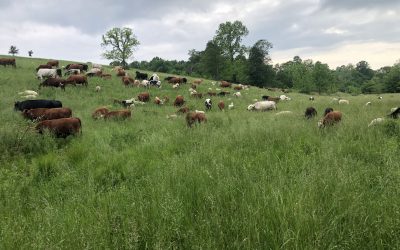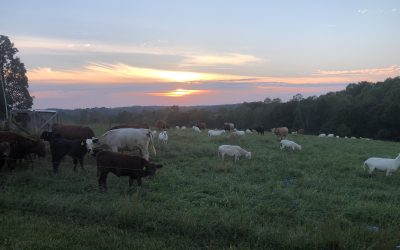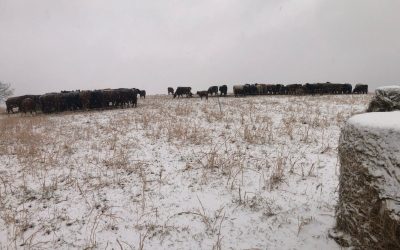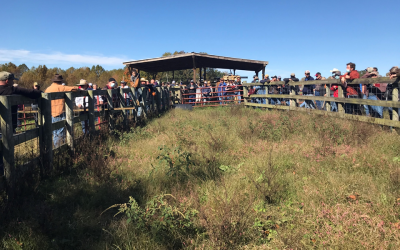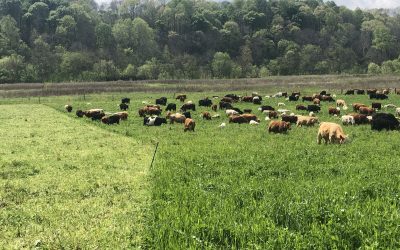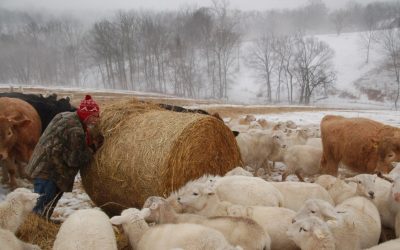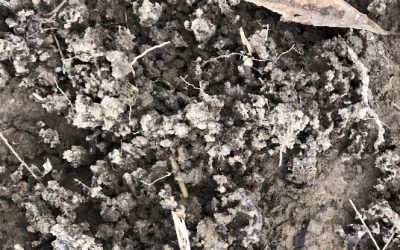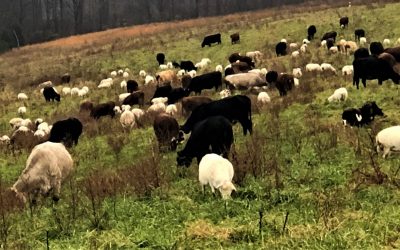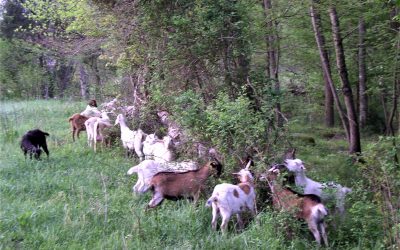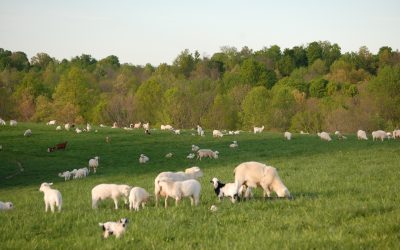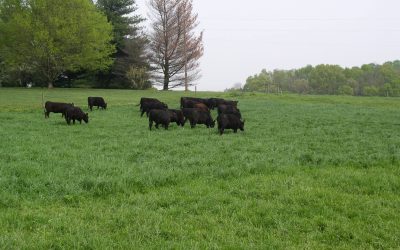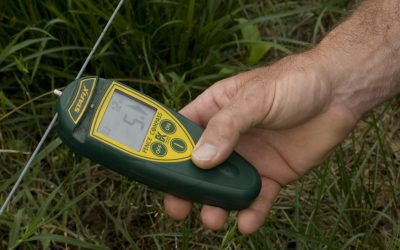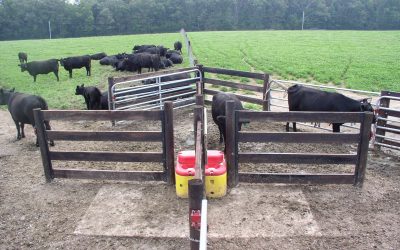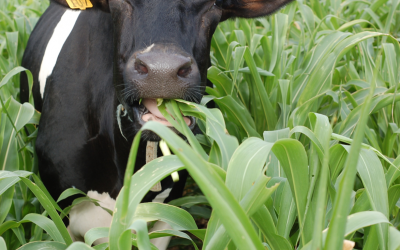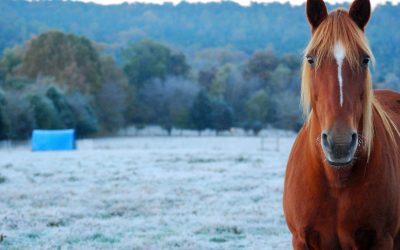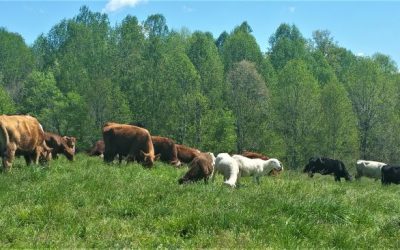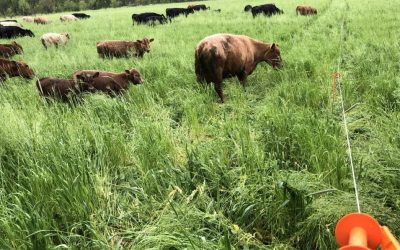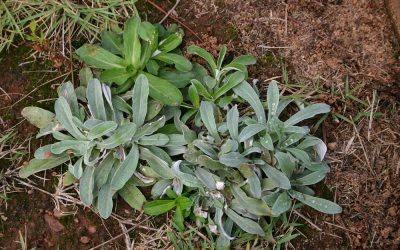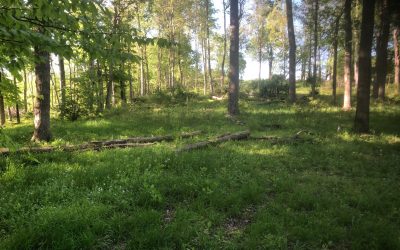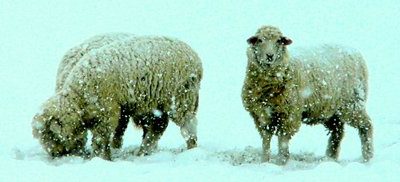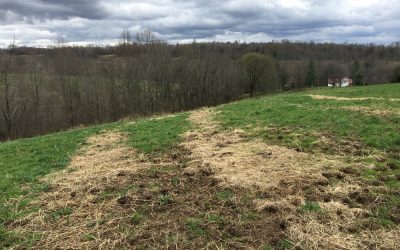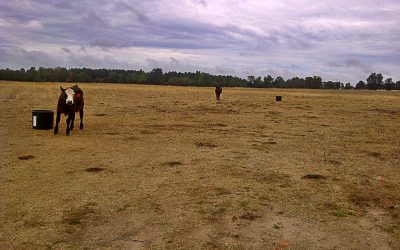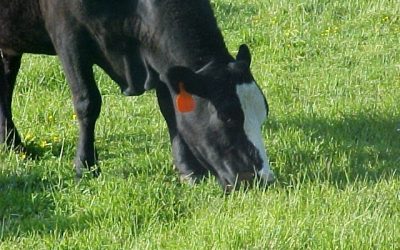Resources
25th Annual Pasture Walk
Big Spring Farm 683 Blankenship rd, Adolphus KY 42101 10 am - 3 pm Central timeRSVP: Greg Brann An...
July Timely Tips
Preparing your pastures for winterIn South Central Kentucky, we are getting plentiful rain, and...
September 2022 Timely Tips
As a consultant, I am often asked, “Do I need to reseed.” Many times, the pasture is fine; they...
June Timely Tips
Summer Mowing, Controling Flies, and Pasture Condition ScoringGREETINGS Weather conditions vary a...
Timely Tips – February 2022
Winter Grazing: Mud and Seeding It’s been a long, cold, wet winter in Tennessee/Kentucky,...
Timely Tips – September 2021
Fall Hay Feeding Why in the world would you feed hay in the fall when you could be grazing?...
June 2021 Timely Tips – Adaptive Grazing Management
Any quick search on Google or YouTube with the mention of grazing is enough to send you down an...
Hay Feeding Strategies
Hay Feeding 101, 201, and 301 Here is where Debbie lets me nerd out about hay feeding. In this...
Frost Seeding Legumes
When it comes to frost seeding, all you need is a good honeycomb freeze (a shown in the above...
The Evolution of a Multi-Species Grazing Operation
The Goal of Big Spring Farm: "An easily managed, low input grazing operation that improves...
Monthly Browse Management For Goats
This is a timeless, indispensable resource that I put together a few years back for NRCS and...
Monthly Grazing and Browse Management for Sheep and Goat
This is a timeless, indispensable resource that I put together a few years back for NRCS and...
Monthly Grazing Management for Cattle
This is a timeless, indispensable resource that I put together a few years back for NRCS and...
Fencing for Serious Graziers
Electric fencing offers two major advantages over other types of fencing. One is cost. The cost to...
Water Points
Water the most important nutrient! It's the largest quantity requirement for beef and dairy cattle...
Timely Tips – June
We are at the change of seasons. A time to contemplate and plan for summer forage. Note in the...
Grazing Annual Cover Crops
“Can we graze cover crops?” The answer is yes, with an “it depends” attached. It depends on soil...
Managing Pastures for Horses and Mud
Living in mud creates an unhealthy environment for a horse. Mud harbors bacteria and fungal...
Cowboy Math – Acres per Paddock
This table assumes 5 inches of growth at turn in and good to excellent forage weighing 300 pounds...
Reasons for Rotational Grazing
Livestock Calmer livestock– having control of animals is a huge part of overall management....
Indicator Plants
Indicator Plants are plants that, by their presence or abundance, provide an assessment of...
Silvopasture
Pasture to SilvopastureSilvopasture Plan Goal: Managing timber and grass to the advantage of...
Timely Tips – January
It is hard to believe but it’s time to order seed for frost seeding in February. Producers should...
Timely Tips – January – Forage
Planning: Winter is a great time to reflect on our management this past year and what changes we...
Fertilizing and Nutrient Cycling in Pastures
As I drive across the state I see a lot of broomsedge an indicator plant of low fertility. However...
Timely Tips August – Cool Season Planting Mixes
Good to have rain over most of the state. It is time to start planning for winter: seeding,...
Dealing With Drought
During droughts it is tempting to graze all pastures and to graze them short, however, short...
Alternatives to Help Stretch Forage Supplies
Maintain a 3” minimum grazing height Inventory Animal Demand and Forage Supply Animal demand per...
Heavy Use Areas
17Nov 2001 SoilsTypes & Uses Grassed – use in areas where traffic can be managed to...
